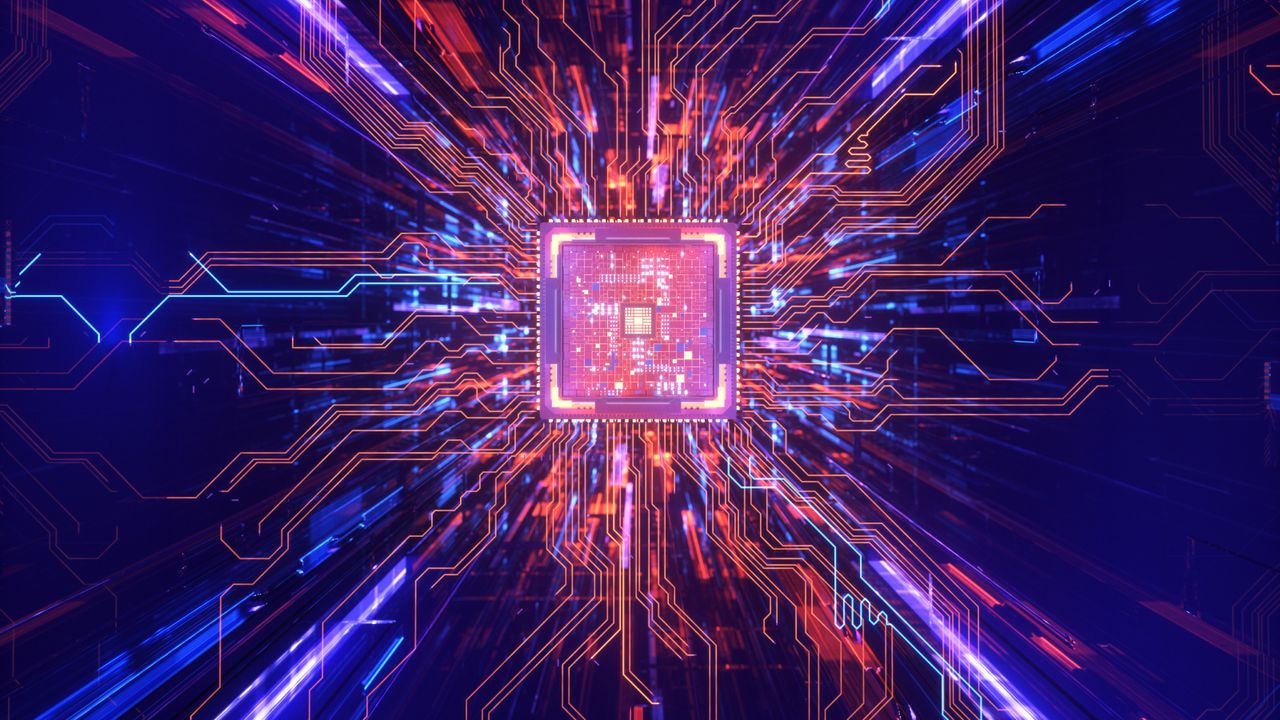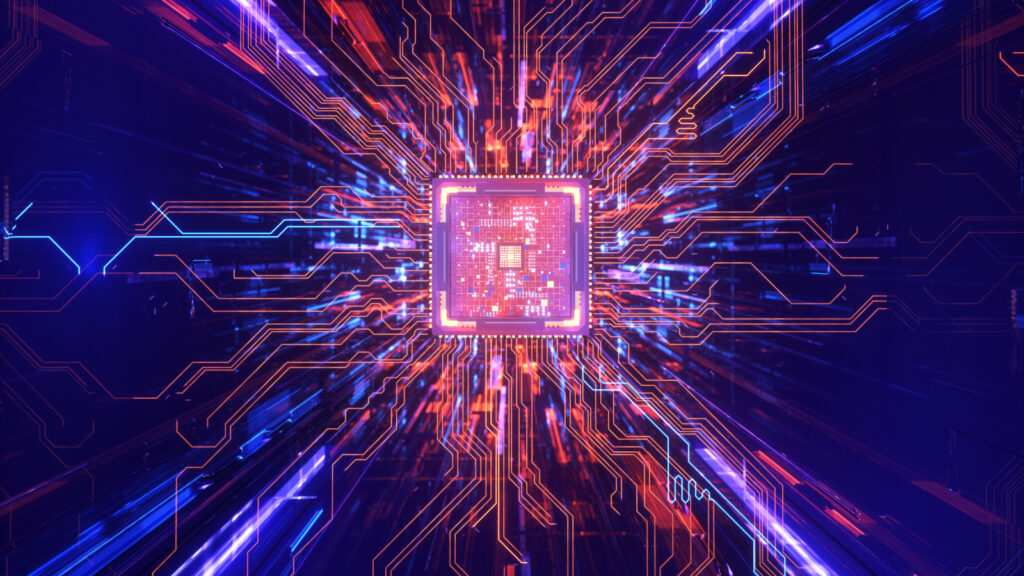
Microchips power almost every modern device — phones, laptops and even fridges. But behind the scenes, making them is a complex process. But researchers say they have found a way to tap into the power of quantum computing to make it simpler.
Scientists in Australia have developed a quantum machine learning technique — a blend of artificial intelligence (AI) and quantum computing principles — that could change how microchips are made.
They outlined their findings in a new study published June 23 in the journal Advanced Science. In it, the researchers demonstrated for the first time how quantum machine learning algorithms can significantly improve the challenging process of modeling the electrical resistance inside a chip — a key factor that affects how efficiently it performs.
Quantum machine learning is a hybrid approach that combines classical data with quantum computing methods. In classical computing, data is stored in bits encoded as a 0 or 1. Quantum computers use qubits and, thanks to principles like superposition and entanglement, qubits can exist in multiple states simultaneously — so two qubits can be 00, 01, 10 and 11 simultaneously.
This allows quantum computing systems to process complex mathematical relationships much faster than classical systems — with parallel processing scaling up exponentially the more qubits you add to a system
Quantum machine learning takes classical data and encodes it in quantum states. The quantum computer can then uncover patterns in the data that would be hard for classical systems to detect. A classical system then takes over to interpret the results or apply them.
Related: ‘Quantum AI’ algorithms already outpace the fastest supercomputers, study says
Inside the chip-making process
Semiconductor fabrication is a complex, multistep process that requires painstaking precision — and each step must be performed with extreme accuracy. Even the smallest misalignment can cause a chip to fail.
This firstly involves stacking and sculpting often hundreds of microscopic layers onto a silicon wafer — a thin, circular slice of silicon that forms the chip’s foundation.
Deposition layers thin films of material onto the wafer. Photoresist coating applies a light-sensitive material that enables precise patterning — the process of creating the tiny, complex shapes that define a chip’s circuitry.
In lithography, light transfers those patterns onto the wafer’s surface. Etching then removes selected areas of material to carve out circuit structures. Ion implantation adjusts the electrical properties of each layer by embedding charged particles. Finally, the chip is packaged, which means it is encased and connected so it can be integrated into a device.
That’s where quantum computing principles come into play. In the study, the researchers focused on modeling Ohmic contact resistance — a particularly difficult challenge in chipmaking. This is a measure of how easily electricity flows between the metal and semiconductor layers of a chip; the lower this is, the faster and more energy-efficient performance can be.
This step comes after the materials are layered and patterned onto the wafer, and it plays a critical role in determining how well the finished chip will function. But modeling it accurately has been a problem.
Engineers typically rely on classical machine learning algorithms, which learn patterns from data to make predictions, for this kind of calculation. While this works well with large, clean datasets, semiconductor experiments often produce small, noisy datasets with nonlinear patterns, which is where machine learning can fall short. To address this, the researchers turned to quantum machine learning.
A new kind of algorithm
The team worked with data from 159 experimental samples of gallium nitride high-electron-mobility transistors (GaN HEMTs) — semiconductors known for their speed and efficiency, commonly used in electronics and 5G devices.
First, they identified which fabrication variables had the biggest impact on Ohmic contact resistance, narrowing down the dataset to the most relevant inputs. Then they developed a new machine learning architecture called the Quantum Kernel-Aligned Regressor (QKAR).
QKAR converts classical data into quantum states, enabling the quantum system to then identify complex relationships in the data. A classical algorithm then learns from those insights, creating a predictive model to guide chip fabrication. They tested the model on five new samples that was not included in the training data.
The new model was tested on these samples against seven leading classical models, including deep learning and gradient boosting methods and it outperformed them all. QKAR achieved a significantly better result than is achieved using traditional models (0.338 ohm per millimeter) — although specific figures were not included in the study.
Importantly, however, it was designed to be compatible with real-world hardware, meaning it could be deployed on quantum machines as they become more reliable.
“These findings demonstrate the potential of [quantum machine learning] QML for effectively handling high-dimensional, small-sample regression tasks in semiconductor domains,” the scientists wrote in the study. They added that the method could soon be applied to real-world chip production, particularly as quantum hardware continues to evolve.
